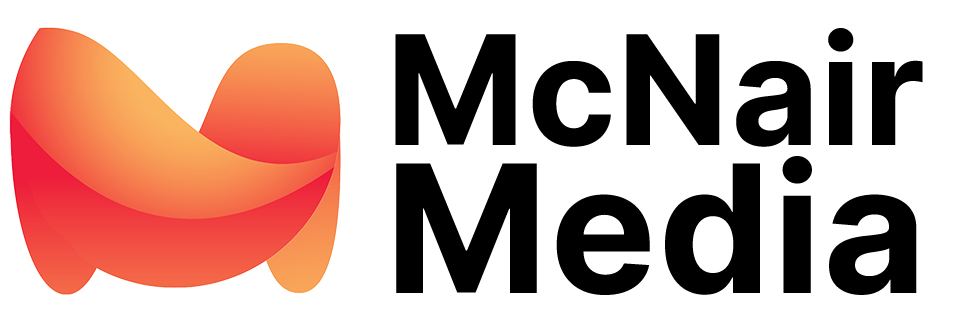ChatGPT has very much taken the world by storm in it’s capabilities and possibilities for improved efficiency and cost savings. One specific thing that caught our attention here at McNair Media is its ability to do translation of code from one language to another. Custom applications, specifically native mobile applications built for iOS and Android, are very much desired by organizations and small businesses. However one of the major deterrents for smaller organizations or businesses in adopting mobile applications is the requirement of having at least an iPhone and Android app at launch.
The need for efficient, cost-effective, and high-quality software solutions has never been greater. To meet these demands, developers have been relying on various tools and techniques to speed up their development process and deliver better results. One of the latest innovations in software development is coding translation tools, which allows developers to translate code from one programming language to another.
ChatGPT, developed by OpenAI, is the latest such AI tool that offers a variety of coding translation features. These features are designed to make the development process faster, more efficient, and more cost-effective. In this post, we will explore some of the coding translation features available in ChatGPT and look at two specific examples: Swift to Kotlin translation and legacy .NET translation to modern code bases.
Swift to Kotlin Translation
Swift and Kotlin are two popular programming languages used for mobile app development. Swift is a general-purpose, multi-paradigm, compiled programming language developed by Apple Inc. for iOS, iPadOS, macOS, watchOS, and tvOS. Kotlin, on the other hand, is a statically typed, cross-platform, general-purpose programming language that is fully interoperable with Java. It’s also at the heart of lots of popular Android applications. These languages are usually couple together due to their similarities and the ease of translating between either language.
While there have already been translation programs between the two, with the help of ChatGPT, developers can easily translate their Swift code into Kotlin. This feature is particularly useful for developers who are familiar with Swift but want to try out Kotlin, or vice versa. By translating their code, they can quickly get a feel for how the code works in a new language and make any necessary modifications. This process can be much faster than starting from scratch, especially for a developer already familiar with both code bases.
Moreover, this Swift to Kotlin translation is not just a simple copy-and-paste process. ChatGPT uses advanced algorithms to analyze the code and translate it into equivalent code in Kotlin. The translated code takes into account the syntax, structure, and logic of the original code and ensures that it runs as expected in Kotlin. This way, developers can be sure that the translated code is both accurate and functional. In our testing, we were able to take an existing Apple TV app and translated over to Kotlin with only a few syntax errors. These were easy for us to fix and we had a fully functional FireOS and Google TV app.
Legacy Windows Apps to Modern Code Bases
Another example of coding translation is the conversion of legacy .NET code to modern code bases. .NET is a popular framework for building Windows-based applications. While it is still widely used, many developers are now looking to move away from .NET and adopt more modern, cross-platform frameworks and technologies. There’s also the need to expand past the windows platform and bring these applications to mobile devices. This is where ChatGPT comes in.
With its legacy .NET translation feature, ChatGPT can help developers move their code to a more modern code base. This can include translating the code to a different programming language, such as Java or Python, or to a modern framework, such as Angular or React. The goal is to make the code more flexible, scalable, and maintainable, while also preserving its functionality.
Like the Swift to Kotlin translation feature, legacy .NET translation is not just a simple copy-and-paste process. ChatGPT uses advanced algorithms to analyze the code and translate it into equivalent code in the target language or framework. The translated code takes into account the syntax, structure, and logic of the original code and ensures that it runs as expected in the new environment. This way, developers can be sure that the translated code is both accurate and functional.
Early Days and Development Experience Required
While coding translation features like those offered by ChatGPT are certainly exciting, it’s important to keep in mind that this is still very much early days for this technology. A lot of this AI technology is in preview form and requires a lot of feedback and testing to continue to make it something more reliable. At this time, it’s really best suited for development teams familiar with the languages but need to speed up the hand typed drudgery that is usually associated with building out the same app for another platform.
If you’re curious in learning more and how these technologies can help make your app development project more affordable, please reach out to us and we would love to talk with you!






